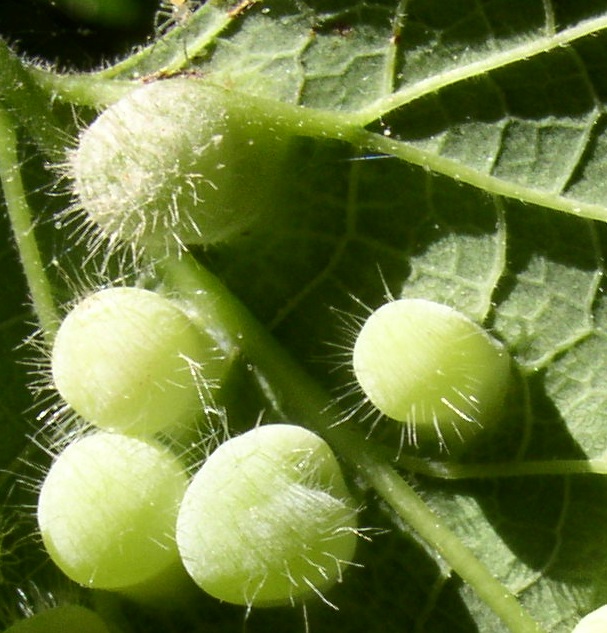|
Rhinocolinae
Rhinocolinae is a subfamily of jumping plant louse in the family Aphalaridae. Genera * '' Agonoscena'' Enderlein, 1914 * '' Ameroscena'' Burckhardt & Lauterer, 1989 * '' Anomalopsylla'' Tuthill, 1952 * '' Apsylla'' Crawford, 1912 * '' Cerationotum'' Burckhardt & Lauterer, 1989 * '' Crucianus'' Burckhardt & Lauterer, 1989 * '' Leurolophus'' Tuthill, 1942 * '' Lisronia'' Loginova, 1976 * '' Megagonoscena'' Burckhardt & Lauterer, 1989 * '' Moraniella'' Loginova, 1972 * '' Notophyllura'' Hodkinson, 1986 * ''Rhinocola ''Rhinocola'' is a genus of true bugs belonging to the family Aphalaridae Aphalaridae is a bug family in the superfamily Psylloidea Psylloidea [...More Info...] [...Related Items...] OR: [Wikipedia] [Google] [Baidu] |
Jumping Plant Louse
Psyllidae, the jumping plant lice or psyllids, are a family of small plant-feeding insects that tend to be very host-specific, i.e. each plant-louse species only feeds on one plant species (monophagous) or feeds on a few closely related plants (oligophagous). Together with aphids, phylloxerans, scale insects and whiteflies, they form the group called Sternorrhyncha, which is considered to be the most "primitive" group within the true bugs ( Hemiptera). They have traditionally been considered a single family, Psyllidae, but recent classifications divide the group into a total of seven families; the present restricted definition still includes more than 70 genera in the Psyllidae. Psyllid fossils have been found from the Early Permian before the flowering plants evolved. The explosive diversification of the flowering plants in the Cretaceous was paralleled by a massive diversification of associated insects, and many of the morphological and metabolic characters that the flowering ... [...More Info...] [...Related Items...] OR: [Wikipedia] [Google] [Baidu] |
Aphalaridae
Aphalaridae is a bug family in the superfamily Psylloidea. Description There may be five subfamilies, with a worldwide distribution. The metatibia with an open crown of sclerotised apical spurs. Genera ''BioLib'' Aphalaridae Löw, 1879 includes: # '' Agelaeopsylla'' Taylor, 1990 # '' Agonoscena'' Enderlein, 1914 # '' Ameroscena'' Burckhardt & Lauterer, 1989 # '' Anoeconeossa'' Taylor, 1987 # '' [...More Info...] [...Related Items...] OR: [Wikipedia] [Google] [Baidu] |
Animal
Animals are multicellular, eukaryotic organisms in the Kingdom (biology), biological kingdom Animalia. With few exceptions, animals Heterotroph, consume organic material, Cellular respiration#Aerobic respiration, breathe oxygen, are Motility, able to move, can Sexual reproduction, reproduce sexually, and go through an ontogenetic stage in which their body consists of a hollow sphere of Cell (biology), cells, the blastula, during Embryogenesis, embryonic development. Over 1.5 million Extant taxon, living animal species have been Species description, described—of which around 1 million are Insecta, insects—but it has been estimated there are over 7 million animal species in total. Animals range in length from to . They have Ecology, complex interactions with each other and their environments, forming intricate food webs. The scientific study of animals is known as zoology. Most living animal species are in Bilateria, a clade whose members have a Symmetry in biology#Bilate ... [...More Info...] [...Related Items...] OR: [Wikipedia] [Google] [Baidu] |
Juan Brèthes
Juan (Jean) Brèthes, also known as Frère Judulien Marie or Juan Brethes (24 February 1871, in Saint-Sever, Landes – 2 July 1928, in Buenos Aires) was an Argentine scientist, naturalist, entomologist, ornithologist, zoologist and geologist. He was the first entomologist of the National Museum, today known as the Argentine Museum of Natural Sciences. He was a close collaborator of Florentino Ameghino Florentino Ameghino (born Giovanni Battista Fiorino Giuseppe Ameghino September 19, 1853 – August 6, 1911) was an Argentine naturalist, paleontologist, anthropologist and zoologist, whose fossil discoveries on the Argentine Pampas, especiall ..., and translated several of his works into French. Thanks to his intense activity, he systematized a large number of Latin American insect species. He was a precursor in the fight against agricultural pests at a time when insecticides had not been developed to combat them. His arrival in Buenos Aires Juan Brèthes was born on Febr ... [...More Info...] [...Related Items...] OR: [Wikipedia] [Google] [Baidu] |
Rhinocola .
The species of this genus are found in Europe and Northern America.
Species:
* '' Rhinocola aceris'' (Linnaeus, 1758)
* '' Rhinocola eugeniae'' Kieffer & Herbst, 1911
''Rhinocola'' is a genus of true bugs belonging to the family Aphalaridae Aphalaridae is a bug family in the superfamily Psylloidea Psylloidea References {{Taxonbar, from=Q10652407 Aphalaridae[...More Info...] [...Related Items...] OR: [Wikipedia] [Google] [Baidu] |


